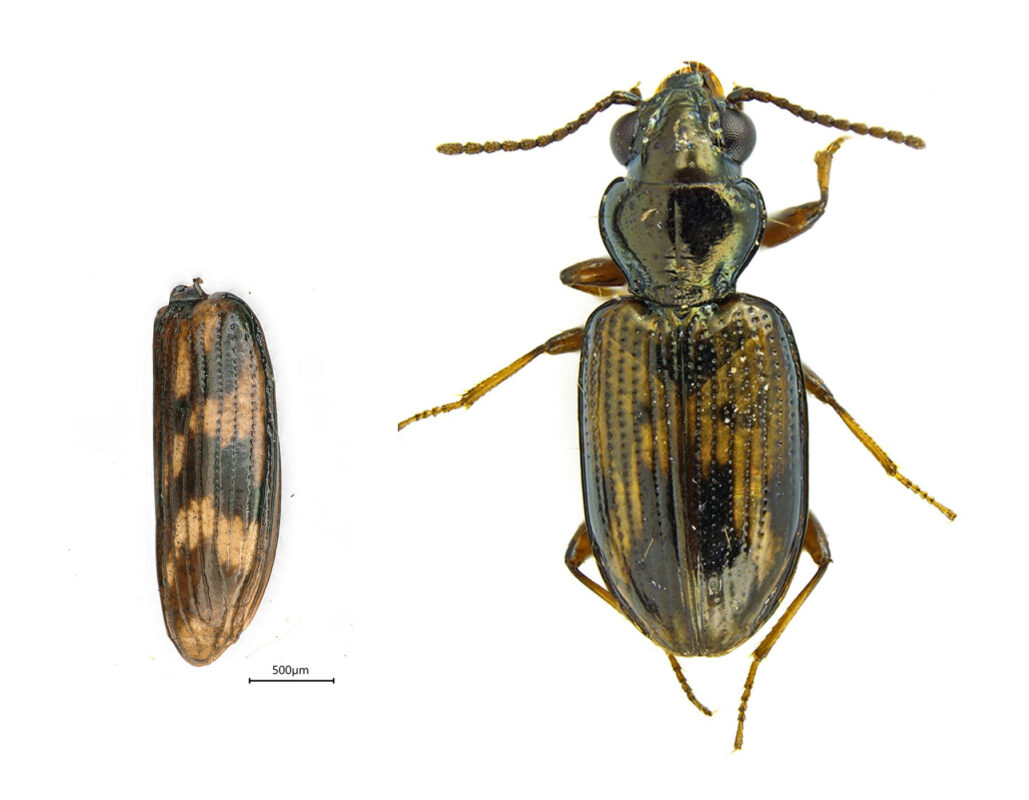Concept
All scientific tests involve making assumptions, but these assumptions can be independently tested, increasing our confidence in our test results.

Paleontologist Anna Holden’s work on the insects of the Rancho La Brea Tar Pits in Los Angeles, California is reshaping our view of the last 50,000 years of climate history for this region of the world. She explains how reexamining some interpretations made by previous generations of researchers affected her understanding:
I was reading a lot of publications by Dr. Scott E. Miller and his colleagues on common insect groups at Rancho La Brea and had discussions about how these are insects that live in areas with a Mediterranean climate similar to LA today, which is warmer and drier than previous interpretations for the paleoclimate of the Los Angeles area. All fossil darkling beetles, which are very speciose and very common in the Rancho La Brea asphalt, still live in or near the region today in a warm, dry climate. In contrast, there are other darkling beetles which occur in cooler, wetter and forested areas, which are just as speciose and common, but have never been found at Rancho La Brea. Yet the frequent understanding of the climate in this area was that it was cooler and wetter than today. That seemed odd. In fact, Dr. Miller’s predecessor had just assumed that all the insects from tar pits were from extinct species, but actually they were extant — the same as what live in the region today. Also previous paleoclimate interpretations were based on the assumption that plant fossils from the tar pits could be associated with radiocarbon dates of nearby mammal fossils and that all of this could also be correlated with radiocarbon dates from Santa Barbara marine cores. But first of all, we now know that fossils move around in the pits. And furthermore, Santa Barbara is over a mountain range from Rancho La Brea. It just didn’t make sense to link all these components together. I was able to get an independent estimate of the paleoclimate by looking at insects, which are plentiful enough for destructive sampling, and get individual radiocarbon dates for each fossil.
Reevaluating the work of previous researchers led Anna to a very different understanding of the recent climate history of the LA area: it was similar to that of today — warm, dry, and Mediterranean — possibly for most of the last 50,000 years.
Citation
- Holden, A. R., J. R. Southon, K. Will, M. E. Kirby, R. L. Aalbu, and M. J. Markey. (2017). A 50,000 year insect record from Rancho La Brea, Southern California: insights into past climate and fossil deposition. Quaternary Science Reviews. 168: 123-136.
